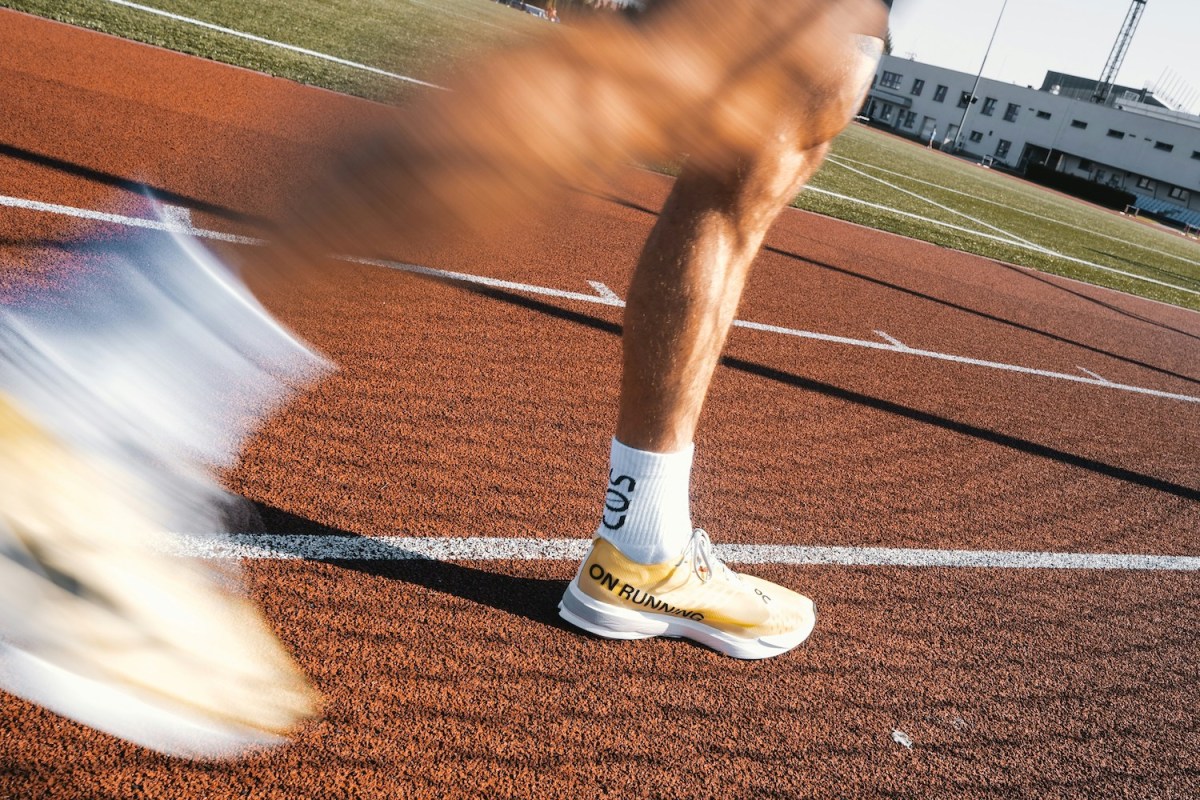I devote a sizable portion of my life to aerobic exercise. According to Strava, I’ve spent more than 120 hours running this year, or five full days on my feet.
Still, I somehow hadn’t heard of Dr. Kenneth H. Cooper, “the father of aerobics,” until recently. A former Air Force lieutenant colonel, Cooper wrote one of the first influential books on endurance training (the aptly-titled Aerobics) and devised a popular 20th-century cardiovascular test called the Cooper Fitness Test. It’s an extremely simple time trial: Run as far as you can in 12 minutes.
Much like Cooper, who is still alive and kicking at the age of 94 — and released a book this year! — the fitness test has stood the test of time. For one, it was widely adopted by the armed forces, physical education programs and high school sports teams as an efficient (albeit imperfect) way to measure endurance en masse. But its recent resurgence is likely tied to our modern interest in VO2 max.
VO2 max is one of the buzziest biometrics out there right now. Defined as “the maximum amount of oxygen your body can use during intense exercise,” it has strong ties to life expectancy and healthspan. There are countless videos of wellness influencers strapped to blue oxygen masks, charging up inclined treadmills, eager to determine their score on the cardio chart.
These tests are accurate and worthwhile — I’ve taken multiple myself, but you can get a decent read without securing an appointment at a longevity lab (and forking over $150 or more). All you have to do is take the Cooper Fitness Test. I went to my local track to give it a go, plugged my findings into Cooper’s trusty equation and compared it to my official readings.
Taking the Cooper Fitness Test
I went into the test thinking I could get nine laps in 12 minutes. That’s a pace of 5:20 per mile. (I told you guys, I spend a lot of time on my feet.)
Because I’m an experienced runner — and one accustomed to track workouts — I felt in control during the test. I paced myself accordingly and didn’t fall too far down the pain cave. Don’t get me wrong, my heart was pumping at 178 bpm for the last two minutes, and I probably looked a snotty mess to my track-going peers. But I left enough juice to finish strong.
And yet, I fell a little short of my goal. My test ended abruptly on the final 100-meter straightaway, giving me 8.75 laps total. That’s a distance of 3.5 kilometers. I entered my data into an equation I gleaned from Marathon Handbook:
(22.351 x 3.5 kilometers) – 11.3 = An estimated VO2 max of 66.9
This helpful chart shows the percentiles for each score and age group.
The Runner’s Advantage
My result was a marked improvement from my previous, lab-tested VO2 max trials. Back in late July, I “blew” a 59 ml/kg/minute. And in February of early 2024, I got a 52.4 ml/kg/min. Is my cardiovascular system just getting more efficient? It’s possible. I hope so because I’ve been working hard. But keep in mind that the Cooper Fitness Test only yields an “estimation” of one’s VO2 max.
For instance: experienced runners get a boost in this test, thanks to their familiarity with the challenge. As a runner, I know which splits I can sustain for a longer period of time, and which ones will push me into the danger zone too early. I also know how to cross-reference that information with my heart rate data. I can see how non-track athletes might go out too hard and end up posting positive splits (especially if this test is part of soccer tryouts or something).
Another reason this test might boost a runner’s VO2 max: You don’t feel like a lab rat. The two times I’ve taken tests in longevity centers have been a stressful experience. You’re breathing through a tube, which is super uncomfortable, and the dangling apparatus in front of you sort of obscures the treadmill under your feet. At one point my hips were even bumping up against the handlebars of the treadmill — I was spooked about slipping off the back as my administrator increased the speed. Relative to that, tailing it around a track is a stroll down the beach.
Final Thoughts
If you’re a cyclist, meanwhile, you might choose to hold out for a VO2 max test in the lab, where you’ll have a stationary bike at your disposal. That way, you’ll register an accurate portrayal of your cardiorespiratory fitness. Same goes for people dealing with long-term mobility issues or poor running economy. (For the record, Cooper’s company CooperFit eventually developed a range of similar tests, including a one-mile walking exam.)
If you’re able to complete this Cooper Fitness Test, though, there’s little doubt that it’s “quite accurate in assessing physical fitness.” That’s not the exact same thing as saying it’s quite accurate in predicting your VO2 max, but it’s close enough (and close enough was good enough for some of the nation’s preeminent athletic institutions for decades). At the very least, you can log a score, spend some months mixing in HIIT workouts with Zone 2 fare and then fire it back up for another attempt. I’ll be hunting nine laps again sometime this November.
More Like This
The Charge will help you move better, think clearer and stay in the game longer. Subscribe to our wellness newsletter today.


